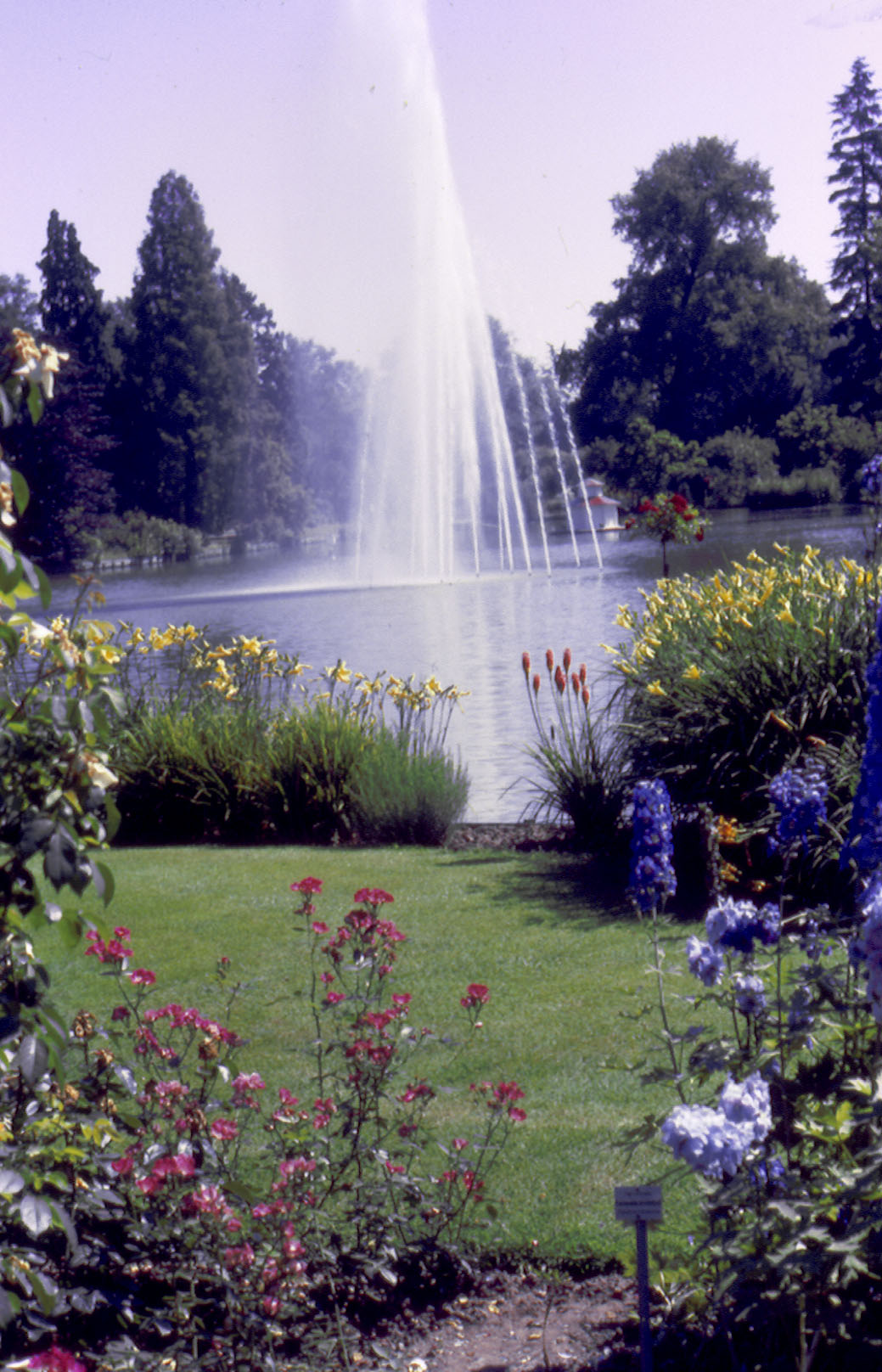| 00 Hinweis: ----------------------------------- | Hinweis: -------------------------------------------------------------- |
| 01 Hinweis: Bild |  |
| 02 Hinweis: Bemerkung | |
| 03 Hinweis: Literatur | |
| 10 Name: -------------------------------------- | Name: ----------------------------------------------------------------- |
| 11 Name: Sortier Name | |
| 12 Name: Exhibition Name | Fragrant Apricot |
| 13 Name: Registration Name | JACgrant |
| 14 Name: Synonyme | Fragrant Apricot, JACgrant |
| 15 Name: Auszeichnungen / Awards | |
| 20 Genealogie: -------------------------------- | Genealogie: ----------------------------------------------------------- |
| 21 Genealogie: Gattung / Sektion / Art | Floribunda |
| 22 Genealogie: Elternrosen / Herkunft / Parentage | Impatient × Amber Queen ® (floribunda, Harkness before 1981) |
| 23 Genealogie: Kinderrosen / Nachkommen | |
| 24 Genealogie: Sports / Mutationen | |
| 25 Genealogie: Verwendung / Utilisation / Gebruik / Use | beds, borders, container rose, cut flower, garden, ground, container |
| 26 Genealogie: Erscheinungsjahr / DOB (Date of Birth) | 1998 |
| 27 Genealogie: Züchter / Entdecker / Breeder / Hybridizer | Bred by Dr. Keith W. Zary (United States, before 1998) |
| 30 Blüte: ------------------------------------- | Blüte: ---------------------------------------------------------------- |
| 31 Blüte: Farbe / Bloemkleur / Flower Colour | Apricot, apricot blend, Copper, Yellow-salmon blend, Light coral, lighter edges |
| 32 Blüte: Duft / Fragrance / Geurend / Scent Strength | Strong, damask fragrance, Slightly Fragrant, Moderately Fragrant: Musk |
| 33 Blüte: Eigenschaften / Flowering Habit | |
| 34 Blüte: Blütenblätter-Anzahl / Petals | 26 - 40 petals |
| 35 Blüte: Form / Forme de la fleur / Bloom Shape | Large, full, cluster-flowered, in small clusters, high-centered to cupped, reflexed, rounded bloom form |
| 36 Blüte: Größe / Bloem / Bloom Size | |
| 37 Blüte: Typ / Bloom Type | |
| 38 Blüte: Zeit / Floraison / Bloeitijd / Flowering Period | Late Spring / Early Summer, Blooms repeatedly, Continuous (perpetual) bloom throughout the season |
| 39 Blüte: Bienenfreundlichkeit | |
| 40 Pflanze: ----------------------------------- | Pflanze: -------------------------------------------------------------- |
| 41 Pflanze: Blätter, Laub / Feuillage / Foliage | Large, medium green, dense, leathery foliage |
| 42 Pflanze: Dornen / Stacheln / Thornyness | armed with thorns / prickles |
| 43 Pflanze: Hagebutten / Hips / Hip Colour / Hip Shape | |
| 44 Pflanze: Knospen / Buds | Long, pointed buds, fade to shell pink |
| 45 Pflanze: Stiele / Stems | |
| 50 Wuchs: ------------------------------------- | Wuchs: ---------------------------------------------------------------- |
| 51 Wuchs: Form / Vorm / Growth Habit | upright, well-branched |
| 52 Wuchs: Abstand / Dist. de plantation | |
| 53 Wuchs: Höhe / Taille / Height / Hauteur | 90-120 cm |
| 54 Wuchs: Weite / Width | 60-90 cm |
| 60 Gesundheit: -------------------------------- | Gesundheit: ----------------------------------------------------------- |
| 61 Gesundheit: Bodenansprüche / Cultivation | |
| 62 Gesundheit: Bakterien, Pilze, Viren | susceptible to blackspot, It's not resistant to blackspot |
| 63 Gesundheit: Tierische Schädlinge | |
| 64 Gesundheit: Hitze | |
| 65 Gesundheit: Kälte | Requires spring freeze protection |
| 66 Gesundheit: Nässe | |
| 67 Gesundheit: Trockenheit | |
| 68 Gesundheit: Schatten | |
| 99 -------------------------------------------- | ----------------------------------------------------------------------- |
